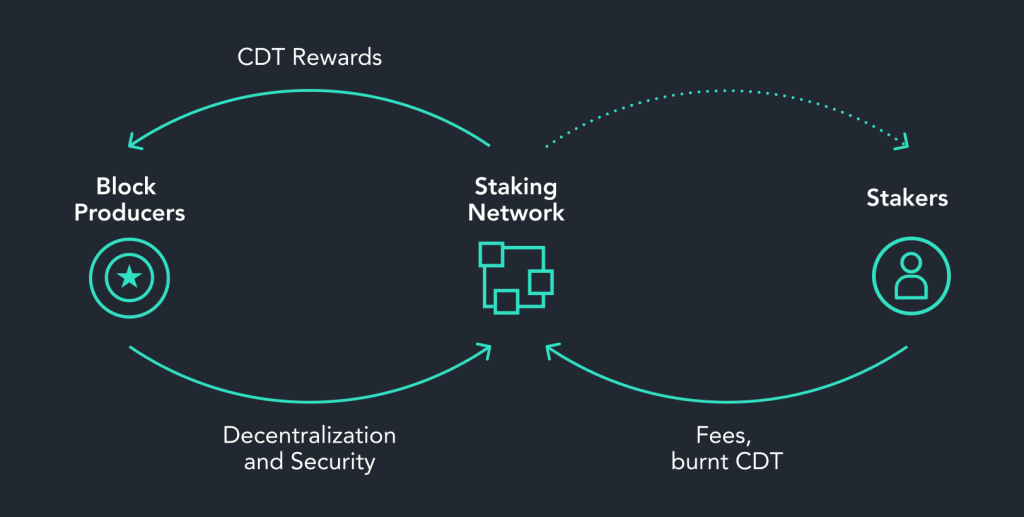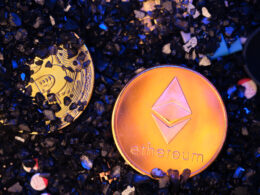By now, you’ve probably come across several articles explaining what staking is. In essence, staking is the simplest term for Proof of Stake. To do so, you put your money in a “staking pool” while waiting for the pool itself to get selected and create a new block. It’s like mining, but the process is different. In mining or Proof of Work, you need quality computers to mine blocks. In staking, you need to be a part of the pool to make blocks.
Another thing that makes staking simpler is that you don’t have to own computers to make blocks. First, you need to find the right validator node to make sure your money is safe.
What is a staking pool?
A staking pool is where all stakes are gathered. Since you are not the only one staking, your coins are collected with other investors’ tokens. For example, if you stake DOT with RockX. Other investors who stake with RockX will also have their money pulled together into a pool. This means that all the money staked by all investors is placed in a pool. So, in simplest terms, a staking pool is a merger of all stakes.
A staking pool allows investors to participate in staking even if they have lesser amounts to spare. For example, if the minimum amount to a stake is 1 DOT, you can contribute 1 DOT in a staking pool and start earning from it.

Where can you find the best staking pools?
Staking pools can’t just be found anywhere. There are reliable ones in the market. The best examples are PancakeSwap, SushiSwap, and Binance.
For example, on PancakeSwap, you can find the staking pools by clicking the hamburger button at the top left corner of the website. Select “pools” from the options, and there you will see the staking pools or what PancakeSwap calls “syrup pools.” What you will see on the staking pool page is the list of available staking options. As of this writing, PancakeSwap has NAOS, PHA, BEL, RAMP, POTS, TUSD, and other tokes as rewards if you stake CAKE.

On SushiSwap App, you will see the “Pool” on top of the page next to “Swap.” You will have to connect your wallet first before you can check what’s inside the pool of this platform.
On Binance, you have to create an account first. Once you’re on the app, go to the homepage and click “more.” There you will see the “pool” option. After that, you will be redirected to the Bitcoin mining pool page.
Remember that each staking pool has only one token. So, you will likely find pools with different token requirements and rewards. It’s always better to check the rewards first if you are staking to earn more money.
Other staking platforms like RockX have several staking pools depending on the token you want to stake. It has Polkadot, Solana, Kusama, and other popular networks where you can stake.
Choosing the best POS staking pool
Numerous staking platforms and pools are vying for the “top” title in the crypto market. You will see many of them, encouraging you to stake with them and assuring that you will get rewarded. But then again, it’s essential to make sure that you entrust your money to someone knowledgeable and experience enough in staking.
You have to consider different factors, such as the reliability of the staking platform, who are staking with them, how long they have been in the crypto market, any hack-related news about them, their founders, and so on. Therefore, it’s essential to do your due diligence.
Choosing the best POS staking pool is not that difficult if you list the requirements you want them to meet. Then, before you stake, do the usual—research about the staking pool or platform. Observe more and let other investors tell you their experience in using that specific platform. Join a community of stakers, and you will find the correct answers to your questions.









